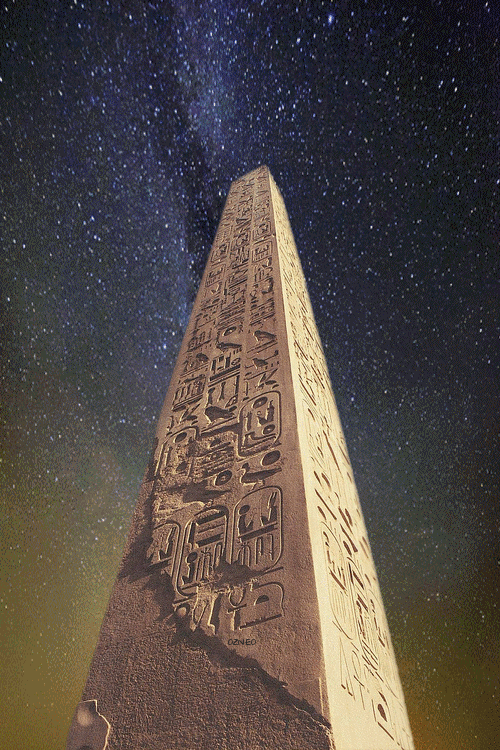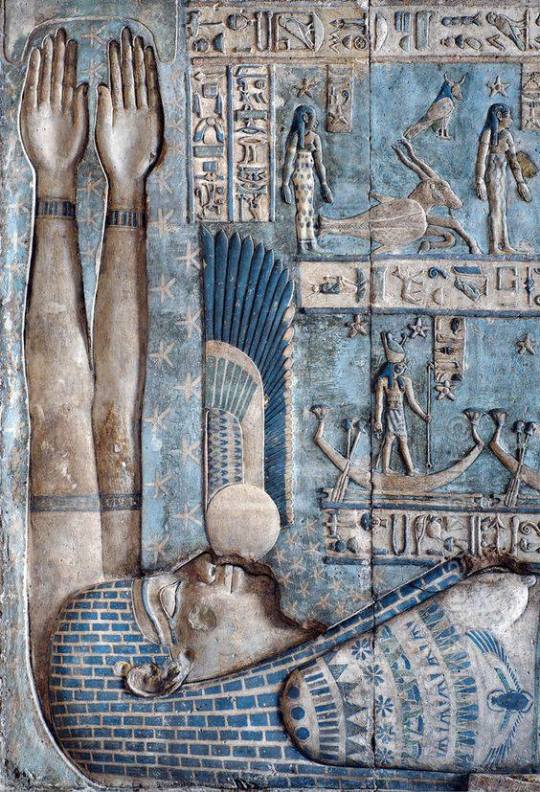Photo

Aegis of The original creator goddess and war goddess, Neith
For more Egypt content, follow us on Instagram
57 notes
·
View notes
Photo
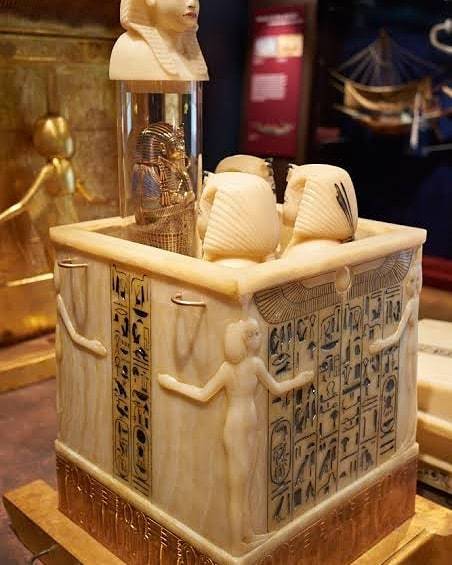
The Ancient Egyptian Canopic jars played an important role in the process and rituals associated with mummification, the creation of Mummies. Definition: Canopic jars were wide necked funerary jars designed to contain the large human organs called the *viscera which were extracted during the process of mummification.
Ancient Egyptian Canopic Jars - The Four Sons of Horus
The canopic jars containing each of the four organs were identified with different gods who were the sons of Horus.
Horus was the son of Isis and Osiris and was depicted with the body of a man and the head of Hawk. Horus was a god of the sky and the sun
The four sons of Horus who were deemed to be protectors of the parts of the body which had been removed during the process of mummification.
The four sons of Horus were in turn each protected by powerful female gods:
🔖Imsety was depicted as the man-headed god and was under the protection of Isis
🔖Hapi was depicted in baboon form and was under the protection of Nephthys
🔖Duamutef was depicted in jackal form and was under the protection of Neith
🔖Qebehsenuef was depicted in hawk form and was under the protection of Serket.
The Egyptian mummification process lasted for a period of 70 days. The seventy day period corresponded to the length of time during which Sirius, the ‘Dog Star’, appeared to die by dipping below the horizon. Osiris and his wife Isis have both been closely associated with this star. However, Canopus is the second brightest star in the Egyptian sky and according to Plutarch, Canopus is linked with the god of the dead, Osiris. In Greek the word Canopus means “eye of the dog” implying a relationship with Sirius, the Dog star.
#Mo_sharkawi1 #egyptpassion #retreat #yoga #inspiration #theking #Tutankhamun #diadem #canopicjars #dogstar #siriusblack #spiritualconnection #sirius #dogstar #foursonsofhorus #jars
https://www.instagram.com/p/BwsGfJFhPD4akOH3G80ofdPZil_sgtVIxd-_DM0/?utm_source=ig_tumblr_share&igshid=1gh71aa6q60q9
51 notes
·
View notes
Photo

The beauty you see in me is a reflection of you.
📍Full moon over the Temple of Abu Simbel Statue of Ramses II. Aswan. Egypt 🇪🇬
#thegiftsofmindfulness #iregipto #egyptpassion
https://www.instagram.com/p/BtBcIJNBaS3/?utm_source=ig_tumblr_share&igshid=1dpjbh6uyrgh2
209 notes
·
View notes
Photo
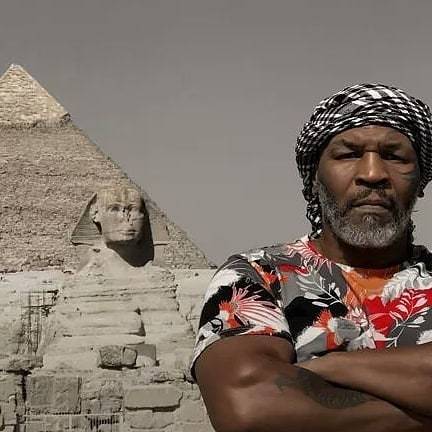
Whenever you are conscious of the breath, you are absolutely present. You may notice that you cannot think and be aware of your breathing. Conscious breathing stops your mind.
📍 Mike Tyson. Giza Pyramids. Egypt 🇪🇬
#thegiftsofmindfulness #iregipto #egyptpassion #retreat #yoga #inspiration #alchemistofunconditionallove
https://www.instagram.com/p/Bv_t1xCB2BU/?utm_source=ig_tumblr_share&igshid=dryaatsqlz3t
15 notes
·
View notes
Note
Is there an emphatic no in Middle Egyptian? Something analogous to "no way," "absolutely not," or the modern usage of "nope?"
They don’t have an emphatic no (at least not as far as I’m aware), nor a general way of saying “no” as a single-word reply to a question.
Middle Egyptian uses various means of negation. And when I say “various” I mean they have an incredible lot of ways to negate things. Most grammatical constructions have their own specific way/form of negating them, for example the imperative (see below).
A verb is negated in one of three ways:
With negative particles n or nn
With the particle/construction n-sp
With one of the negative verbs tm or imi

hieroglyphic spellings for prosperity
WIthin these main negations there are variations. The imperative for example is negated by m, which itself is the imperative of the negative verb tm. So you’ll get a phrase such as:

The verb form nominal sDm=f, to use an other example, can be negated by the use of tm. But! since the nominal sDm=f is used in different constructions, the negation can differ somewhat between those, as well.
As an aside, I low-key hate negation (unless it’s negation of relative forms, that shit is whack and I’m up for whack). I’m sure you have an inkling as to why.
Back to the nominal sDm=f, in a negation of the emphatic construction the negative verb tm is the nominal sDm=f. The other verb in the sentence is the negative complement. You’ll get this:

tm=k here means as much as “you not”. sDm(.w) is the negative complement form of the verb sDm, “to listen”. This concept is the same for a nominal sDm=f construction in which this verb form is used as a noun.
However, when the nominal sDm=f is used as the predicate in a pw-sentence (a noun or independent pronoun followed by pw, which means as much as “It/he/she/this/etc. is” - so it=k pw, “he is your father”), tm is generally used without a suffix pronoun (“=k” is a suffix pronoun). Here’s a nice example from one of my precious medical papyri:

Now n-sp might actually be closest to a “no” Middle Egyptian has, because we translate it as “never”. But at the same time it’s not, because it cannot be used on its own, it has to negate a verb. n-sp is mostly used in negative confessions like “never did I do anyone harm” (I’m sorry, I’m not going to give you the hieroglyphs for this one because I’m kind of over JSesh and grammar right now).
Negative confessions are found in all sorts of texts to a) get the point across that the guy the text (usually a tomb biography) is talking about was a really swell guy and b) (in later times) to make sure his heart wouldn’t end up heavier than the feather of Ma’at when it was time to weigh it. Egyptians believed that even if you had done someone harm in life, writing down a negative confession would in a sense overrule that.
Okay, I need to stop talking about negation because it’s half twelve and it’s a work day tomorrow and also negations fucking suck.
TL;DR: Middle Egyptian is suffering.
83 notes
·
View notes
Photo
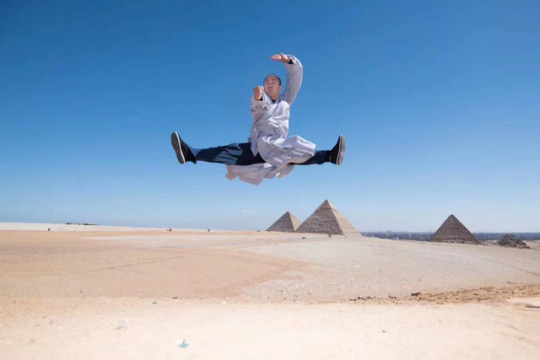
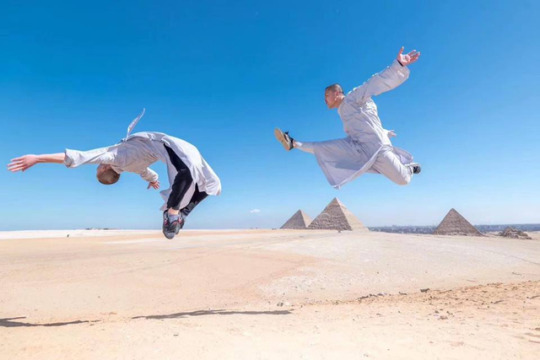
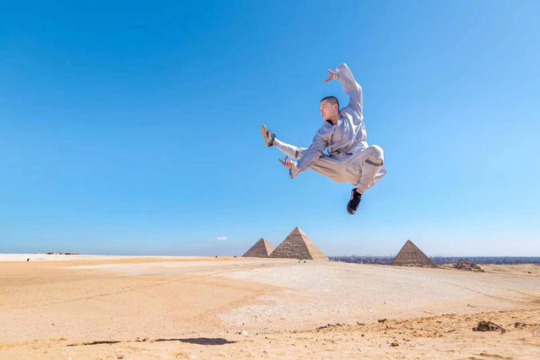

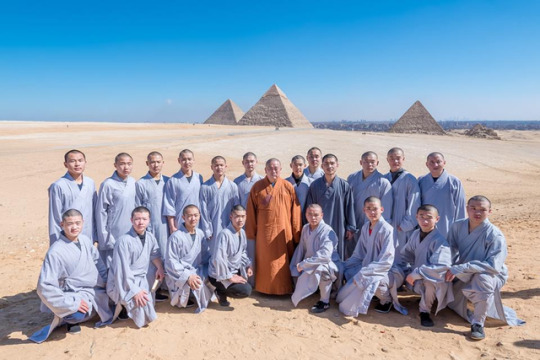

The kings of KungFu visit Egypt
Shaolin Temple warrior monks at the great pyramids of Giza and Luxor after their amazing performance in Aswan international Folklore festival
#thegiftsofmindfulness #iregipto #egyptpassion #sunrise #sky #clouds#reading #alchemistofunconditionallove #colorfulegypt #color #camera#siwa #retreat #yoga #inspiration
78 notes
·
View notes
Text

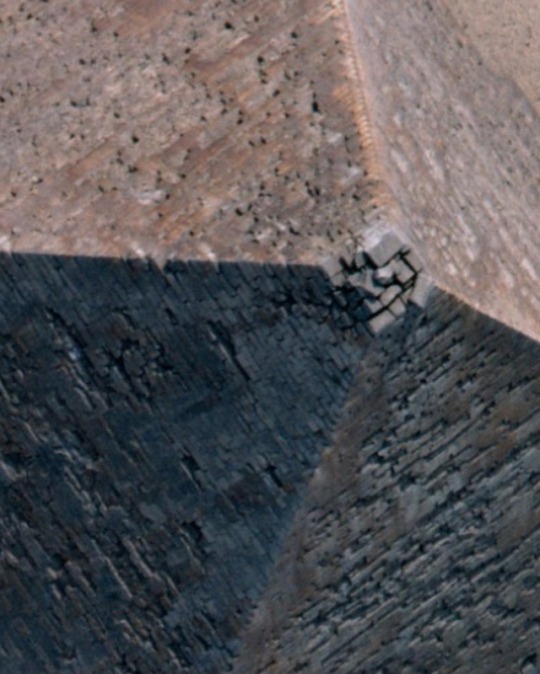

An arial view of the pyramid 𓍋𓅓𓂋𓉴 “mrr” of Khafre (𓇳𓈍𓆑) “hfr” . An incredible sight to behold when seeing the sheer size of the monument, compared to the objects below.
Photo: (Kazuyoshi Nomachi).𓐬
Sit in silence, and look on in wonder, as the giver of life, returns from his wayward voyage from the realm of the dead 𓊻. Give thanks to his many manifestations. -Book of the Dead-
#thegiftsofmindfulness #iregipto #egyptpassion #retreat #yoga #inspiration #alchemistofunconditionallove
25 notes
·
View notes
Photo

The beauty you see in me is a reflection of you.
📍Full moon over the Temple of Abu Simbel Statue of Ramses II. Aswan. Egypt 🇪🇬
#thegiftsofmindfulness #iregipto #egyptpassion
https://www.instagram.com/p/BtBcIJNBaS3/?utm_source=ig_tumblr_share&igshid=1dpjbh6uyrgh2
209 notes
·
View notes
Photo
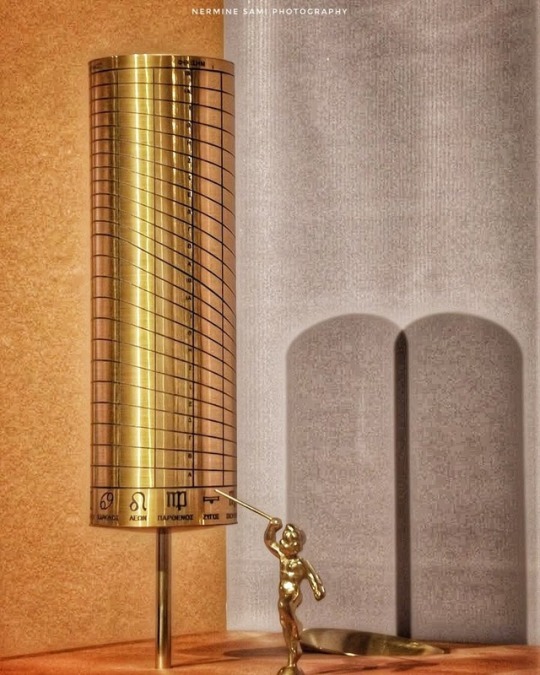
Once upon time especially during Hellenistic period, Alexandria was the lighthouse of knowledge which embraced scientists from all around the world..to produce numerous of inventions to serve humanity..and now What!!🎓 A replica of the hydraulic clock of Ktesibios (3rd C. B.C.) #bibliothecaalexandrina ,#hydraulic ,#hydraulicclock ,#ktesibios ,#inventions ,#ancientalexandria ,#hellenistic ,#elenistique,#libraryofalexandria ,#alexandria_egypt ,#science ,#ancientworld (at Bibliotheca Alexandrina)
https://www.instagram.com/p/BsYDQciBf8H/?utm_source=ig_tumblr_share&igshid=1020ystzc4rgi
4 notes
·
View notes
Photo
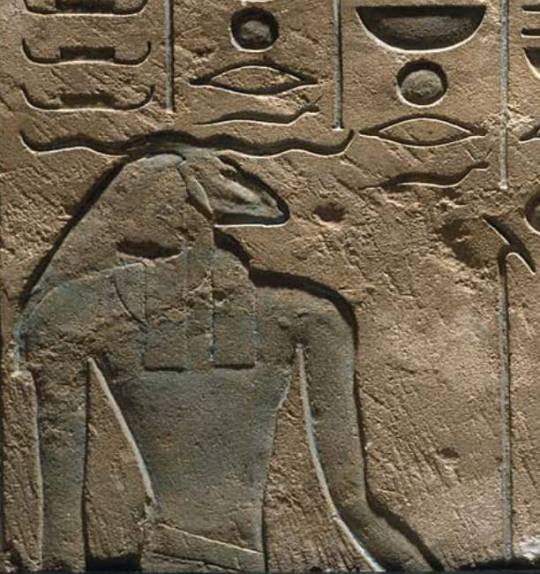
the God Khnum, ram-headed and holding the ‘Uas’-scepter.
Relief from the Temple of King Thutmose III at Kumma Fort (Semna East, about 365 kilometres south of Aswan). Now in the Museum of Fine Arts of Boston…
113 notes
·
View notes
Photo
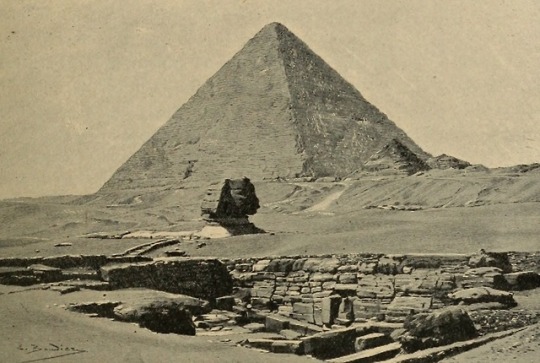
The dawn of civilization: Egypt and Chaldaea, 1897
792 notes
·
View notes
Photo
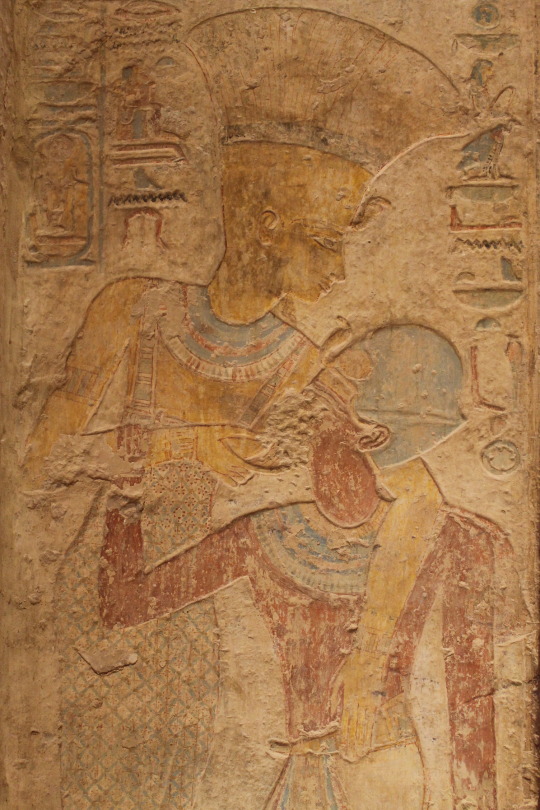
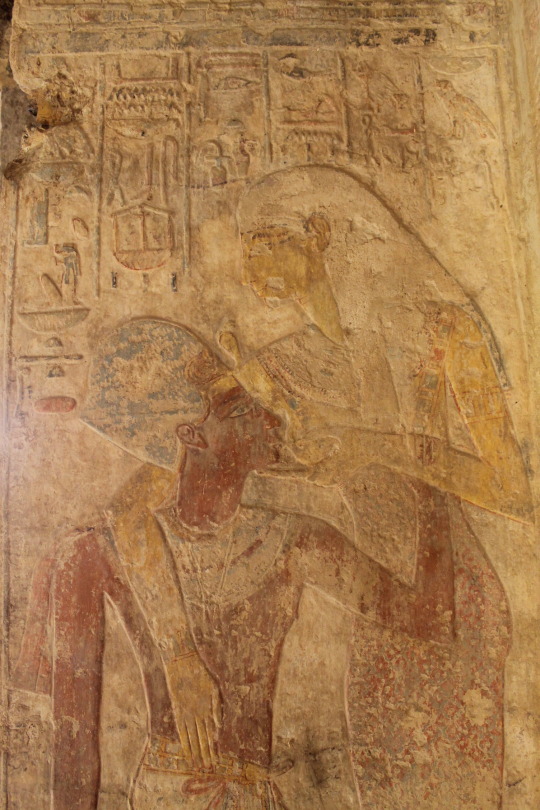
Anuket and Aset (Beit el Wali: island of “new Kalabsha”)
Photos © In-Taier, 2015
53 notes
·
View notes
Photo
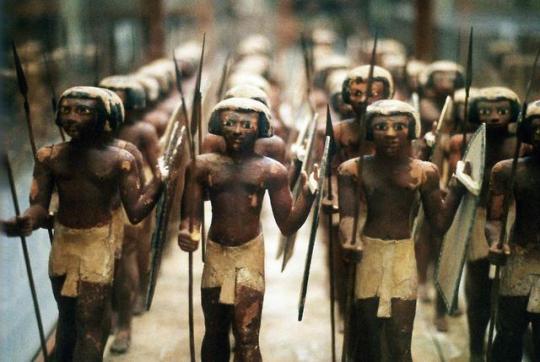
Models of Nubian infantry
This wooden model of marching troops was discovered in 1894 inside the tomb of Mesheti, Mayor of the 13th Nome of Upper Egypt, at Asyut in Middle Egypt.
Forty wooden figures are shown, walking in four rows, with short white kilts. They are barefooted. Each figure is individually carved, giving each a unique appearance, and carries a shield in one hand and a spear in the other.
Middle Kingdom, 11th Dynasty, around 2000 BC. Egyptian Museum, Cairo.
283 notes
·
View notes
Photo
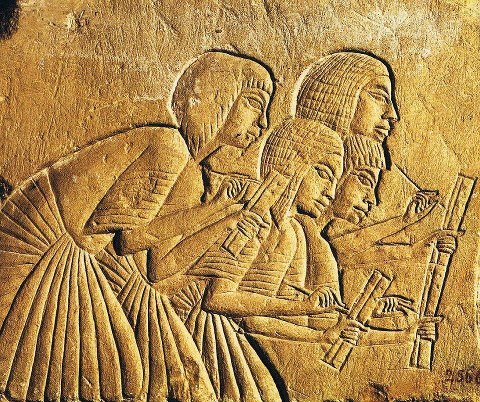
Learned divine men, relief from The Twenty-fifth Dynasty of Egypt, known as the Nubian Dynasty or the Kushite Empire.
15 notes
·
View notes

